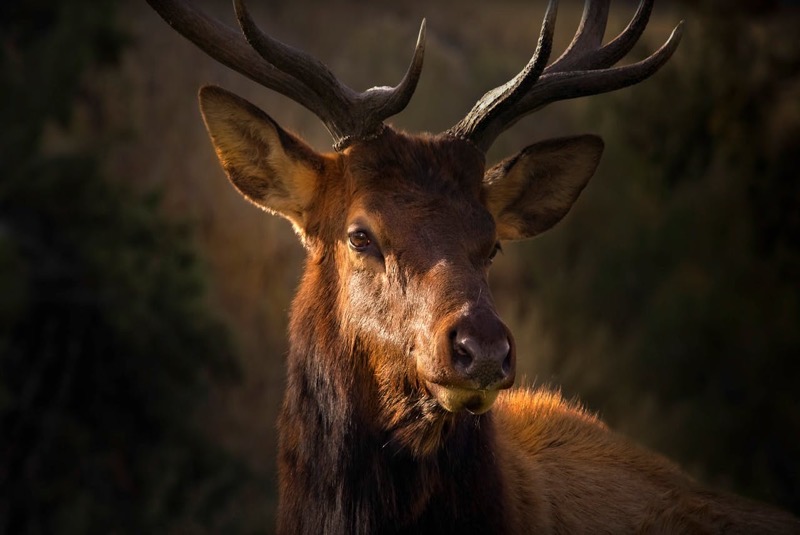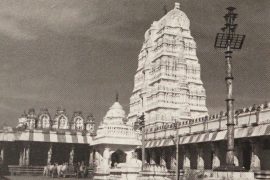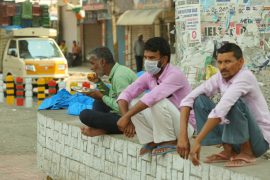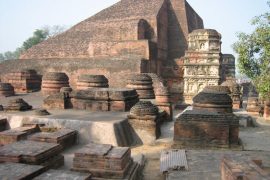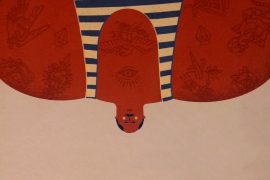Sangai, the brow-antlered deer, is an endangered subspecies found only in the state of Manipur, India. Often known as ‘Indian Eld’s deer’ (Rucervus eldii eldii), the Sangai deer have a single isolated population surviving at the world’s only floating national park, Keibul Lamjao National Park (KLNP), Manipur. However, their habitat is threatened due to climate change, necessitating an expedited reintroduction to a second site.
Sangai, the state animal of Manipur, belongs to the species of Eld’s deer. Two other subspecies can be found in other parts of South and Southeast Asia. What sets the Manipur brow-antlered deer apart from the other two is its adaptation to the unique floating meadows of Keibul Lamjao National Park. Earlier, the Sangai used to be widely distributed throughout Manipur, but today, they are restricted to the area of National parks.
In the early 1950s, Sangai was believed to have gone extinct for a brief period. A remnant of the population was discovered in 1953, and a documentary, “The Return of Sangai (Sangai Hallakpa)”, which shows how they returned from extinction, was made.
According to the IUCN, by 1975, the sole surviving natural population had shrunk to 14 animals in the swamps of Loktak Lake. On this premise, the Keibul Lamjao National Park was established in 1977 on a floating marsh near the southern end of Loktak Lake.
The Sangai deer, one of India’s most endangered cervids, is classified as ‘Endangered’ on the IUCN Red List and Schedule I of the Indian Wildlife (Protection) Act of 1972. The subspecies is also recognised as part of the Wildlife Institute of India’s Endangered Species Recovery Programme and is also listed as an endangered species in Appendix 1 of the Convention on International Trade in Endangered Species of Wild Fauna and Flora.
The brow-antlered deer is highly liked and respected by the people of Manipur as it represents a spiritual connection between humans and nature’s spirits.
The Keibul Lamjao National Park, a 40 sq km piece of floating biomass locally known as phumdi, is located at the southern rim of the saucer-shaped Loktak Lake. Loktak, a Ramsar wetland of international importance, is the largest freshwater lake in Northeast India. The park boasts a constant population of 260 Sangai today who have been residing there since 2013. The conservation of these dancing deer has been a source of concern since they are physically losing ground despite rising cultural awareness in Manipur.
The phumdi habitat of the Keibul Lamjao National Park is thinning. The deterioration of Loktak Lake’s water quality and changes in the water regime, caused by the National Hydro-Electric Project Corporation’s (NHPC) Ithai barrage on the Manipur River, was linked to the problem.
According to research published by the journal Environmental Monitoring and Assessment, climate change also contributes to diminishing the habitat. The acceptable distribution zones for the Sangai deer will be narrower and limited to the protected area’s central core zone. Additionally, the Sangai face competition from their associated species, the hog deer. While the sangai population is stable, the rising population of hog deer puts pressure on the national park, which is reaching its carrying capacity.
According to the conservation geneticist Ajay Gaur, because of the homozygous nature with minimal genetic variability (inbreeding depression), disease vulnerability (immune system is damaged), and fertility concerns, the single population is extremely vulnerable (reduced fertility).
The Environmental Monitoring and Assessment study modelled and analysed the potential for habitat suitability for the current scenario based on climatic conditions and the region’s geography. As reported, it predicts the future scenarios of possible habitat suitability of the sangai in Keibul Lamjao National Park.
The research, led by Bakimchandra Oinam and Vicky Anand from the Department of Civil Engineering at the National Institute of Technology Manipur in Imphal, used two climate change scenarios for the years 2050 and 2070 and compared them to the current distribution map. Rainfall in the monsoon (wettest) months and isothermality are the driving forces for the impacts.
The results noted a probable rise in precipitation and temperature in the Manipur river basin, which includes Loktak Lake and Keibul Lamjao National Park. The research discovered a significant danger of flooding in the lower areas around Loktak Lake and landslides in the northern portion of the basin, which will decrease the number of suitable sheltering grounds for sangai.
Given the shrinking of the land, poaching dangers, and the outbreak of disease, a more robust strategy for protection and disease monitoring is needed. The Wildlife Institute of India (WII) has advocated for the sangai to have a second habitat since the current population at Keibul Lamjao National Park is a single, isolated population and has said that the planned reintroduction to a second location should be accelerated.
Five locations were identified, with Pumlen Pat being deemed the most suitable. It is the second-largest freshwater lake after Loktak and has features similar to those of the Keibul Lamjao National Park. However, the relocation has hit a roadblock, given the protests of the local communities. People worry that the lake will be converted into a conservation reserve, which will bar their access and affect their livelihood (fishing).
Chongpi Tuboi, a WII project scientist working on Sangai conservation, maintained that the local community would not lose access to the lake. She has even remarked that the goal of the project—in addition to finding a second home for Sangai—is to sustainably develop the area through ecotourism.
With the thinning of the Sangai habitat, the reintroduction of a sangai is an urgent need in the conservation process. Ajay Gaur believes that a satellite population could change the course of conservation for the better. Speaking to Mongabay-India, he said:
You should not put all eggs in a single basket. Any infection or disease outbreak may wipe off the whole population. Under the present competition with hog deer and park reaching its carrying capacity, it will be advisable to have an alternative place to keep these animals and relocate as and when required
-30-
Copyright©Madras Courier, All Rights Reserved. You may share using our article tools. Please don't cut articles from madrascourier.com and redistribute by email, post to the web, mobile phone or social media.Please send in your feed back and comments to [email protected]

